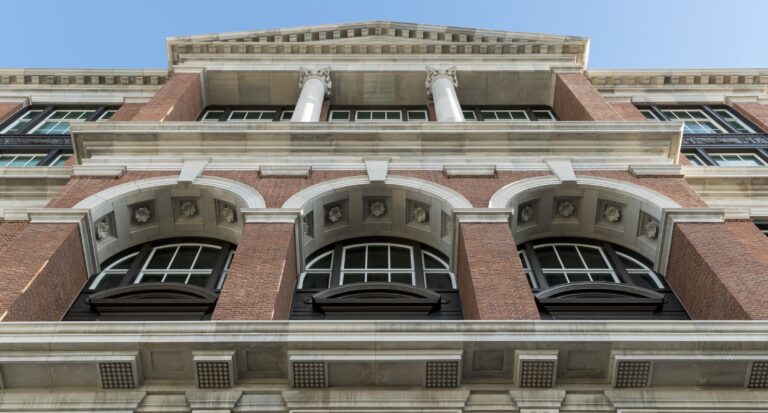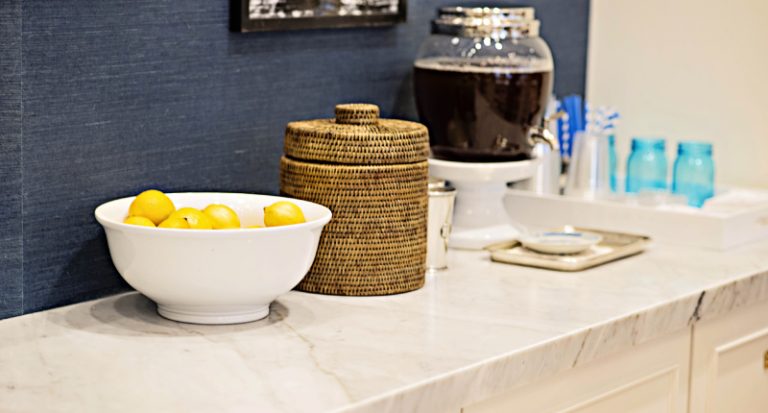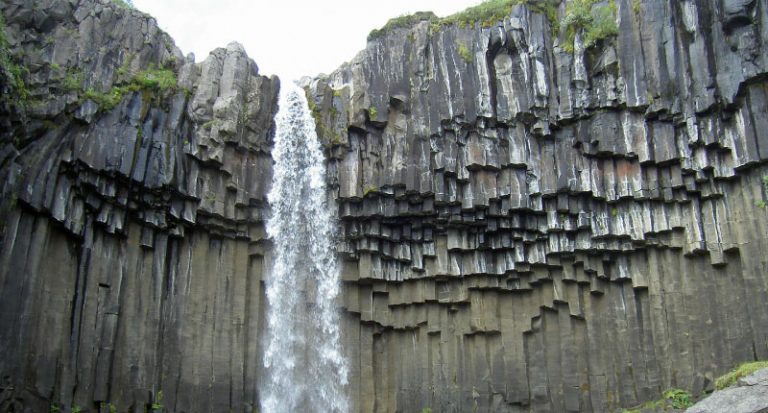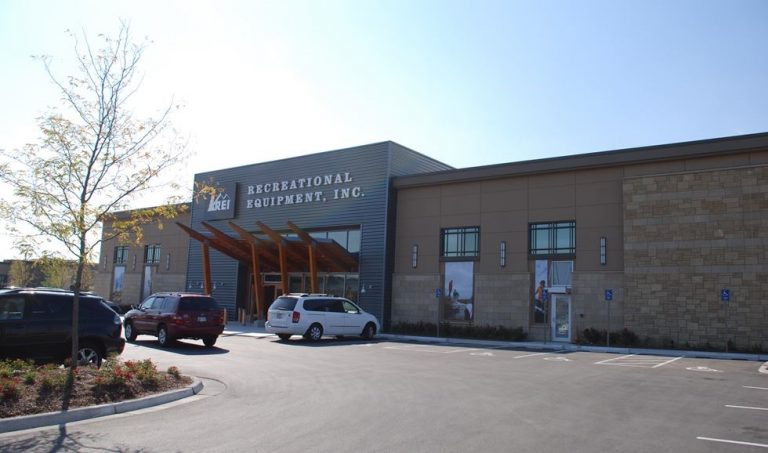commercial

After the 1871 Great Chicago Fire, many homes made of wood were destroyed. When it came time to build new homes, laws were passed to prevent a similar disaster. Fireproof materials such as brick, marble, limestone, and terracotta tile became the preferred building materials since constructing buildings with wood was banned in the downtown area. Eight years after the fire, construction of the Nickerson House on Chicago’s near northside neighborhood began. The three-story, 24,000 square foot Italianate mansion was reported to be the largest and most extravagant private residence in Chicago at the time it was completed.

Four years of overhaul—the complex’s first major renovation since 1917—resulted in a state capitol worthy of the accolades it has received. The stonework received the 2021 Grande Pinnacle Award from the Natural Stone Institute, while awards for the total project streamed in from many trade organizations: the American Public Works Association, Building Design and Construction magazine, the American Council of Engineering Companies of Colorado, the Construction Management Association of America, and Engineering-News Record Mountain States.

A former hospital complex originally built in 1894, the Old Parkland campus in Dallas, Texas, has seen its share of reclamation and renovation in the past decades. The most recent addition, Freedom Place at Old Parkland, echoes the campus’ existing Jeffersonian buildings in style and design. Designing and building a 140-foot, six-story structure that includes 8,310 pieces of limestone required massive planning and coordination — particularly because the original design plan was created for cast stone.

Dan Shannon and his team wanted to take advantage of the unique footprint of 2 Bryant Park and connect the park to the plaza visually. Choosing the right natural stone would prove to be a pivotal decision. They decided to create a two-story high entry lobby passage through the building and elevate that open space using Thassos White marble from Greece along the primary and surrounding walls.

Natural stone is often chosen for residential and commercial work because of its beauty and versatility. It’s also really nuanced, according to Roger P. Jackson. He is drawn to the beauty of natural stone and believes that its beauty goes beyond aesthetics. “Natural stone feels more durable,” Jackson says. “It has a character of strength, stability, durability, and mobility.”

There is no mistaking natural stone for its range, beauty, and sustainability. These are among the many reasons Craig Copeland, an architect, sculptor, industrial designer, and partner at Pelli Clarke & Partners finds himself recommending natural stone to many of his clients.

The Waldorf Astoria Beverly Hills is an urban oasis that combines modern luxury with timeless design. This building welcomes visitors to Beverly Hills by honoring the Golden Age of Hollywood and the architectural history of Los Angeles.

Barney’s New York experiments with different ways to use marble—from curved staircases to cantilevered displays for handbags and jewelry. Savvy retailers and forward-thinking designers are embracing natural stone for more than its utilitarian purposes.

How travertine is formed and how to use as a building material.

Inspire to visit Iceland or consider ways to use your own native stone.

The entrance of Boston Children’s Hospital created a “hide and seek” style wall made of Mesabi Black® granite.

A case study featuring stone cladding in a hospital building.

A case study showing how cultured stone has performed in one community.

Why one landscape designer uses natural stone in hospital healing gardens.
